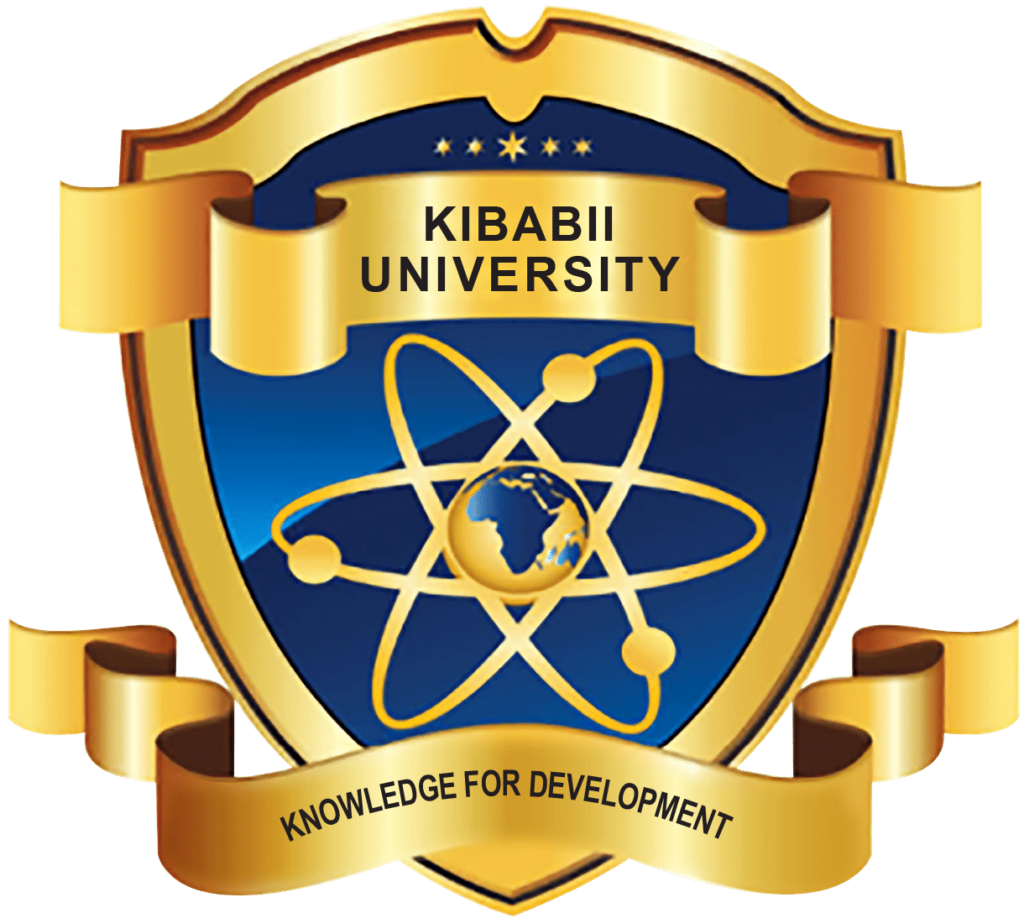Quality Assurance in Higher Education: A Critical Review of Use of Internal Measures in Universities in Kenya
Edwin Andama Ombasa
Kenyatta University, College of Education and Life Long Learning
Corresponding e-mail:edwinombasa458@gmail.com
Citation: KIBU Conference (2017). Innovative Research and Knowledge for Global Competitiveness and Sustainable Development. Proceedings of 2nd Interdisciplinary International Scientific Conference 14 – 15 June 2017. Kibabii University Main campus, Bungoma Kenya. ISBN: 978-9966-59-011-4
Abstract
An audit report by the Commission for University Education between January and February 2017 established that many universities in Kenya do not adhere to a number of quality guidelines put in place. Consequently, it was against this background that the study sought to investigate the application of internal measures of quality assurance in universities in Kenya.Its specific objectives were to:explore internal measures used to ensure quality in student intake in universities in Kenya; investigate internal measures used to ensure quality in evaluation of student learning experiences in universities in Kenya; and finally describe internal measures used to ensure lecturer quality in universities in Kenya. The study applied a descriptive survey design and it targeted all the 70 public and private universities in the republic. Out of this population, 21 public and private universities were purposefully sampled to take part in the study. Respondents were sampled randomly. They comprised of 210 members of academic staff from various faculties. The researcher engaged the services of 21 research assistants who were responsible for administering questionnaires in the sampled institutions. Validity and reliability of the instruments was tested by piloting them in one university which was not included in the final study. Quantitative data from the questionnaire was coded into categories based on the study objectives and fed into SPSS computer software version 20 which analyzed it using percentages and frequencies. Data was presented in frequency tables. The study established that although internal quality assurance mechanisms exist in universities, most of them are flawed. In student intake for instance, some universities issue students with admission letters without first of all authenticating their certificates. Things are not any better in other stages of quality assurance such evaluation of students’ learning experiences and teaching staff’s quality. In some universities, once students evaluate their lecturers at the end of the semester, the matter ends there. The reports are not analyzed and feedback communicated to individual lecturers. Besides this, few institutions use feedback from these reports to organize capacity building workshops for lecturers. In staff recruitment, the study found that in some universities, new recruits are not subjected to an elaborate orientation process in order to familiarize themselves with syllabi for various courses, the curriculum and even the administrative structures of the individual universities. In light of this, a number of workable recommendations were proposed to address these challenges.
Key Words: Internal Measures, Learning Experiences, Lecturer Quality, Student Intake, Quality Assurance
![]()
Download Abstract: Quality Assurance in Higher Education: A Critical Review of Use of Internal Measures in Universities in Kenya

